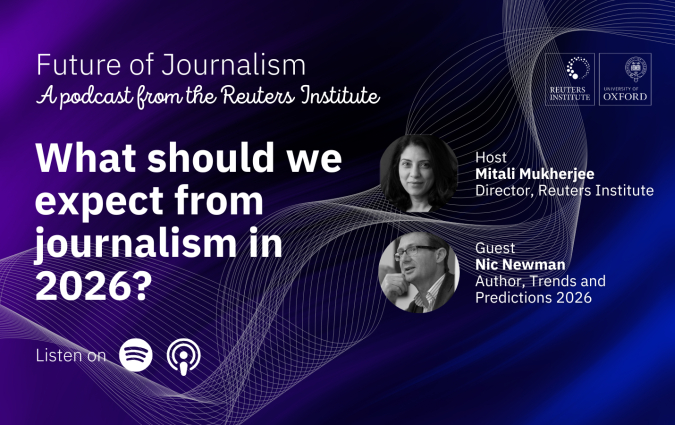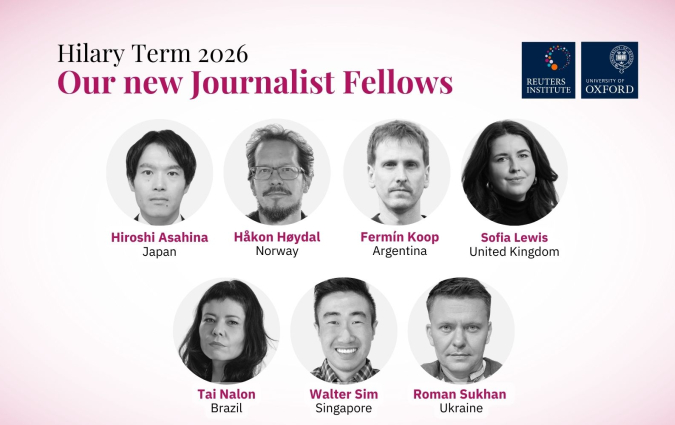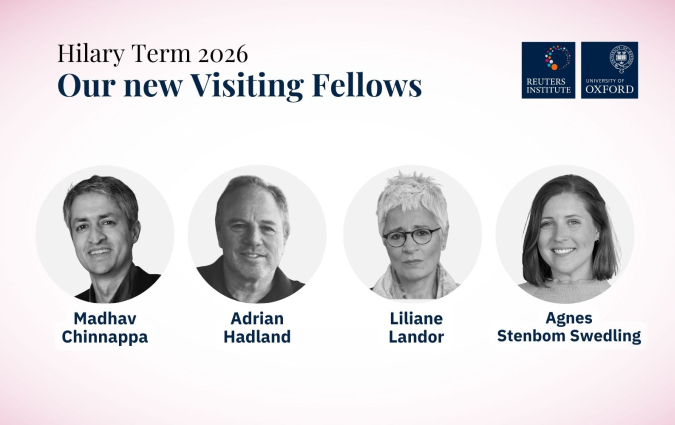Nordic AI in Media Summit 2024: Five projects you should keep an eye on
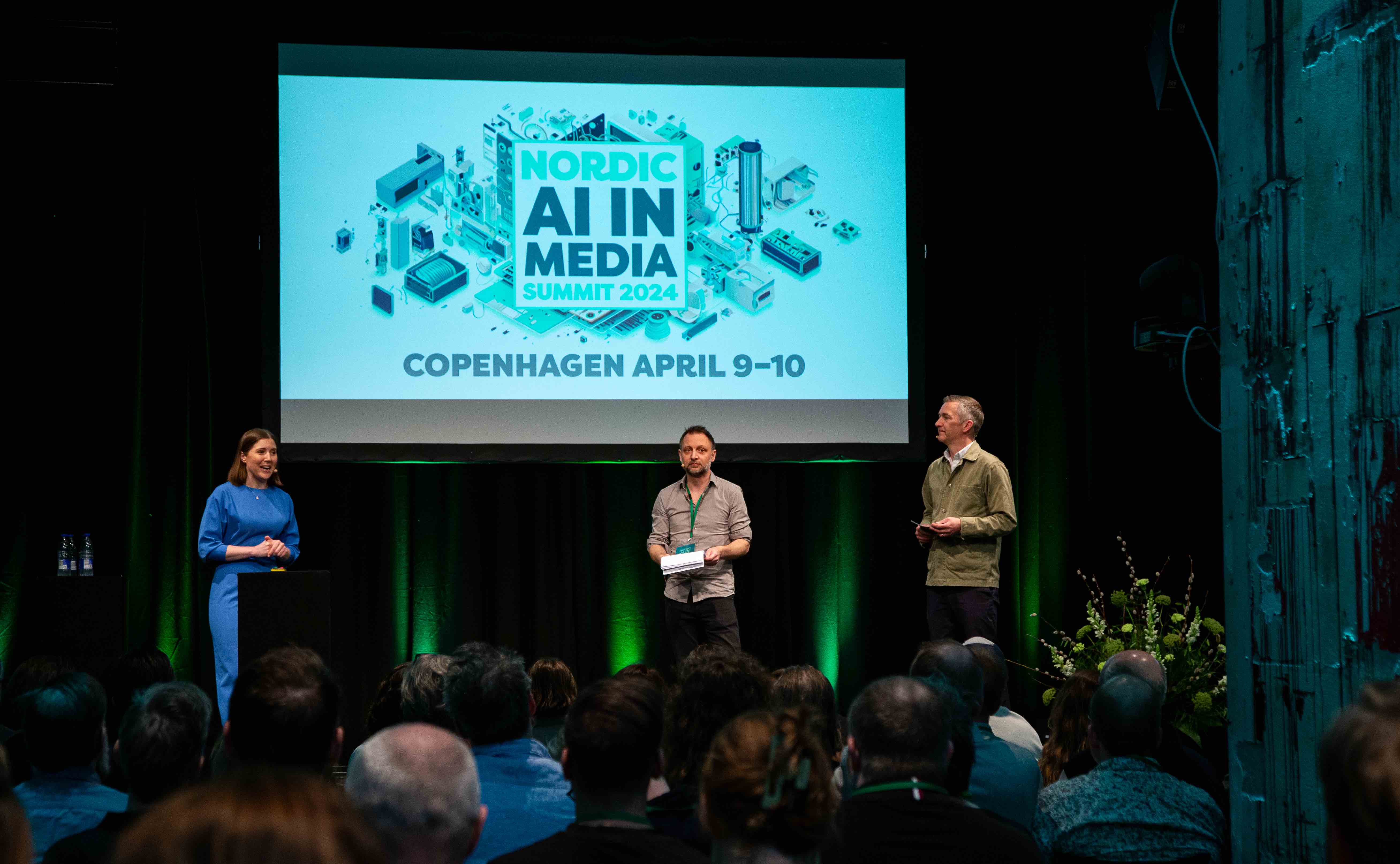
Credit: Mathias Broe, Vanja Holmaa
Journalists, academics and media executives gathered this week in Copenhagen for the Nordic AI in Media Summit. It was the second edition of the event, hosted by the Nordic AI Journalism Network. The initiative is led by Kasper Lindskow from JP/Politikens Media Group, Agnes Stenbom from Schibsted and Olle Zachrison from Swedish Radio.
The summit included keynote lectures by experts such as Nicholas Diakopolous from Northwestern University, Ezra Eeman from NPO and Melissa Heikkilä from MIT Technology Review, the presentation of AI projects and tools from many newsrooms, and talks targeting specific issues including transparency and regulation.
Among the many projects discussed at the conference, here are five that caught our eye. You will be able to catch up with the conference programme in full here.
1. An internal multifunctional AI tool.

Tore Rich, Generative AI Product Manager at Danish publisher JP/Politikens Hus, presented MAGNA, a multitasking API chatbot tool working with OpenAI’s GPT-3.5 and GPT-4. This internal tool is open to employees in all roles but is especially geared towards journalists. MAGNA’s capabilities include transcription, analysis of text for themes, and more specific applications such as reviewing press releases to find unanswered questions journalists can pursue. Rich’s team is developing new iterations of this tool in workshops with journalists.
So far, the group has developed different functions through extensive pre-written prompts specific to its biggest title, Ekstra Bladet, incorporating its guidelines, style and standards. These include an ‘ask the archive tool’ which can produce fact-boxes, case summaries and article drafts based on the pieces found in the newspaper’s archive; a tool to help journalists shorten their articles when they’re over the wordcount and tools to aid journalists when live-blogging via bullet point summaries, updating headlines and identifying the main themes in questions posed by audiences.
2. An AI buffet to help journalists reach young audiences.
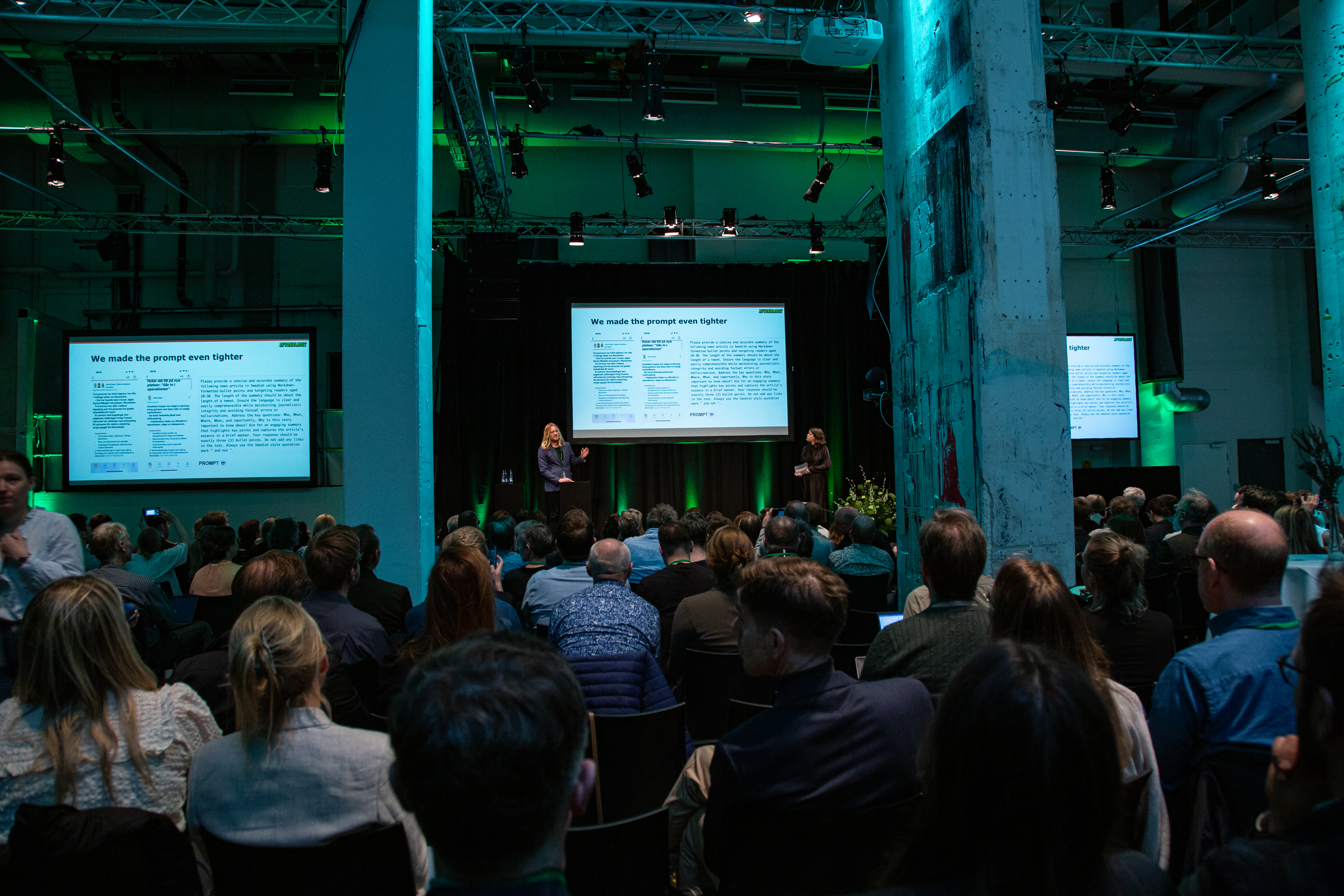
Martin Schori and Elin Wieslander from the Swedish tabloid Aftonbladet presented several ways the newspaper is embracing AI. What started with some informal experimentation has resulted in the AI hub, a team with seven employees from across the company who work full-time to explore AI solutions and educate their colleagues.
The group set up a landing page with an array of AI-powered tools for data journalism tasks they call the ‘AI buffet’. These include a tool to help journalists optimise SEO, an assistant for proofreading in the Aftonbladet style, and a ‘youth assistant’ tool to create fact-boxes, timelines and other forms of content which are popular amongst young audiences.
3. An AI translation tool which has doubled subscriptions.
Masaana Egede from Sermitsiaq, a national newspaper in Greenland, and Lars Damgaard Nielsen from tech startup MediaCatch presented a translation tool the two companies have developed together. Greenland is an autonomous territory of Denmark. It has its own language, which is unrelated to Danish and very difficult to translate, in part due to its very long words.
The project used news articles journalists had already translated to develop a new text-to-text translation tool for more precise Greenlandic-Danish translation and vice versa. The tool was trained by pairing specific sentences in Greenlandic and Danish from the articles to include context and was then evaluated by human translators. The translation tool is now sold as part of a business subscription to Sermitsiaq, leading to the outlet’s digital subscriptions more than doubling.
4. A tool to recommend stories to suit subscribers’ interests.
Data scientist Jacob Welander presented Nordic publisher Schibsted’s approach to content recommendation and personalisation. The project, known as Curate, involves the partial automation of digital front pages for some of the group’s titles, which see full manual control on some top positions and the rest determined by the automated system.
Welander explained how the content recommendation system began with rankers, algorithms that would take a list of news stories and score them according to their relevance, and how this system was personalised by adding different news topics as a ranking value to accommodate for different interests outside of the dominant demographic – i. e. not suggesting several sports stories to all users just because a large audience segment enjoys sports stories.
The next step for the system is collaborative filtering, a process allowing it to learn users’ preferences and how they map to content without relying on tags and other labels. Collaborative filtering builds on a user’s past interest and interaction with stories to recommend new articles. Content recommendation is in production for most Schibsted sites, with Aftenposten currently personalising 66 out of 80 positions on its home page for subscribers.
5. AI tools to sort through PDFs and suggest OSINT techniques.
Aida Kokanovic from Danmarks Radio (DR) described two tools she developed with her newsroom to aid and democratise open-source research. One of these is a “timeline machine”: a tool useful for large troves of documents which searches PDFs for dates, segments them accordingly and then puts them in chronological order. These sections are then summarised using OpenAI technology.
A second tool, Nebula, works with journalists to help them generate story ideas by topic, suggesting ways to develop different angles, define objectives and scope. It also offers practical help, suggesting open-source intelligence (OSINT) tools and incorporating video how-tos for visual learners.
In every email we send you'll find original reporting, evidence-based insights, online seminars and readings curated from 100s of sources - all in 5 minutes.
- Twice a week
- More than 20,000 people receive it
- Unsubscribe any time
signup block
In every email we send you'll find original reporting, evidence-based insights, online seminars and readings curated from 100s of sources - all in 5 minutes.
- Twice a week
- More than 20,000 people receive it
- Unsubscribe any time


